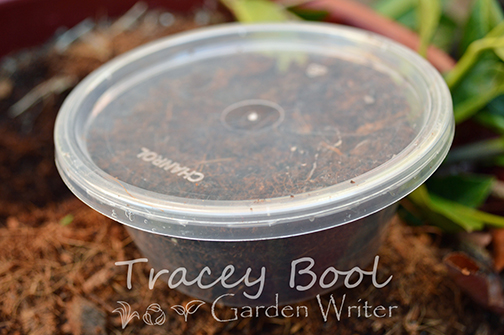|
The Key to Successful Seed Germination
(18th June 2015) Seeds often have impermeable coats or internal dormancies, requiring pre-treatments to help overcome them and ensure germination occurs. These natural barriers have evolved to preserve the seed and protect it from surrounding factors such as vermin, diseases, and environmental extremes, and are broken by triggers including fire and changes in soil temperature and day length, for instance. These treatments are known as scarification and stratification. Scarification can be achieved through hot water treatment, mechanical action or acid scarification (handy tip: think ‘scratching’ when trying to differentiate between the two terms). Hot water treatment and mechanical action are straightforward for the home gardener, whereas acid scarification is specialised in comparison and best left to the experts. Hot water treatment involves soaking the seed in varying degrees of hot water, with the temperature and soaking times dependent on plant type and permeability of the seed surface. Mechanical action consists of scratching the seed surface using techniques such as cutting with craft knife or rubbing seed on or between sheets of emery paper. Stratification involves exposing the seed to a sustained period of moist, aerated and usually cold conditions, which are above freezing and below 6 degrees Celsius (the average household fridge is set at 4 degrees so is therefore ideal for the job). Preparations used for cold storage can include sowing the seed direct into pots or trays and enclosing in a sturdy plastic bag; or incorporating seed with media such as peat and storing in zip lock bag or takeaway container. There are countless variations or tricks of the trade when it comes to seed stratification and scarification, but luckily for us, there is plenty of information readily available online and in print. And don’t forget to experiment and record your observations as this information is invaluable for future efforts. |


